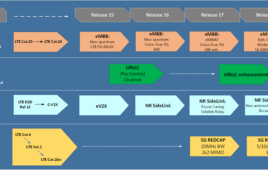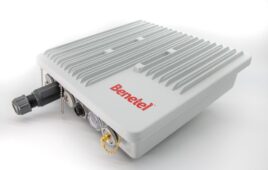Apple is facing a class action lawsuit over its new Wi-Fi Assist feature that came packaged with iOS 9.
Unbeknownst to many, Apple’s Wi-Fi Assist feature assesses the strength of a given Wi-Fi signal and if that signal is too weak, the device will fall back to a stronger cellular connection if available.
Many iPhone users noticed the feature led to higher than normal cellular data usage, as they were spending more time gobbling up date from their carrier plan.
The feature, which can be turned off, was buried at the very bottom of the ‘Cellular’ menu in the iPhone’s ‘Settings’ panel.
According to a report from Apple Insider, plaintiffs William Scott Phillips and Suzanne Schmidt Phillips of California are arguing that costs incurred because of the feature exceed $5 million.
The pair contend that the feature is turned on by default when users update to iOS 9 and most people aren’t aware the feature even exists. They also claim that Apple’s explanation of the feature on its website was too little too late in terms of making things right with customers.
“Defendant’s above corrective action, however, still downplays the possible data overcharges a user could incur,” the complaint states. “Reasonable and average consumers use their iPhones for streaming of music, videos, and running various applications — all of which can use significant data. Defendant’s corrective statement does not disclose any basis for its conclusion that an average consumer would not see much increase in cellular usage.”




